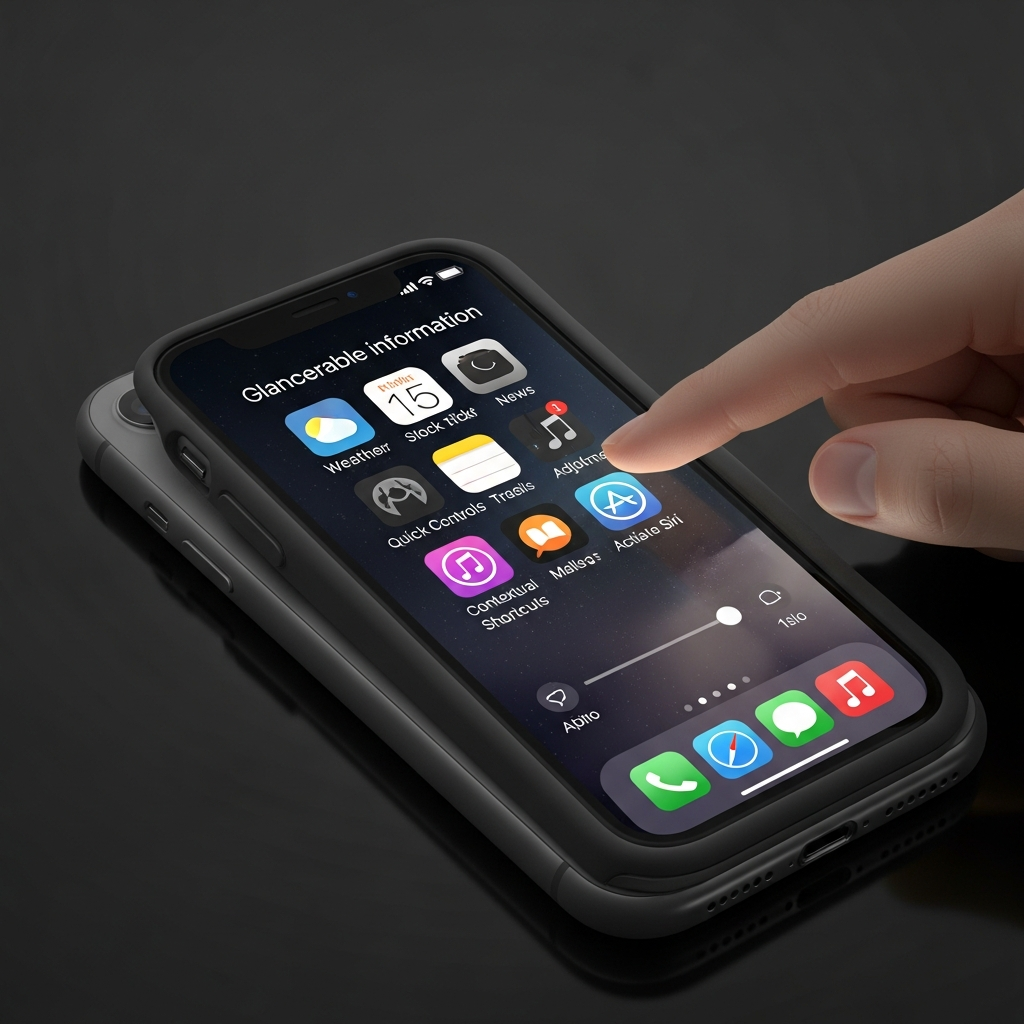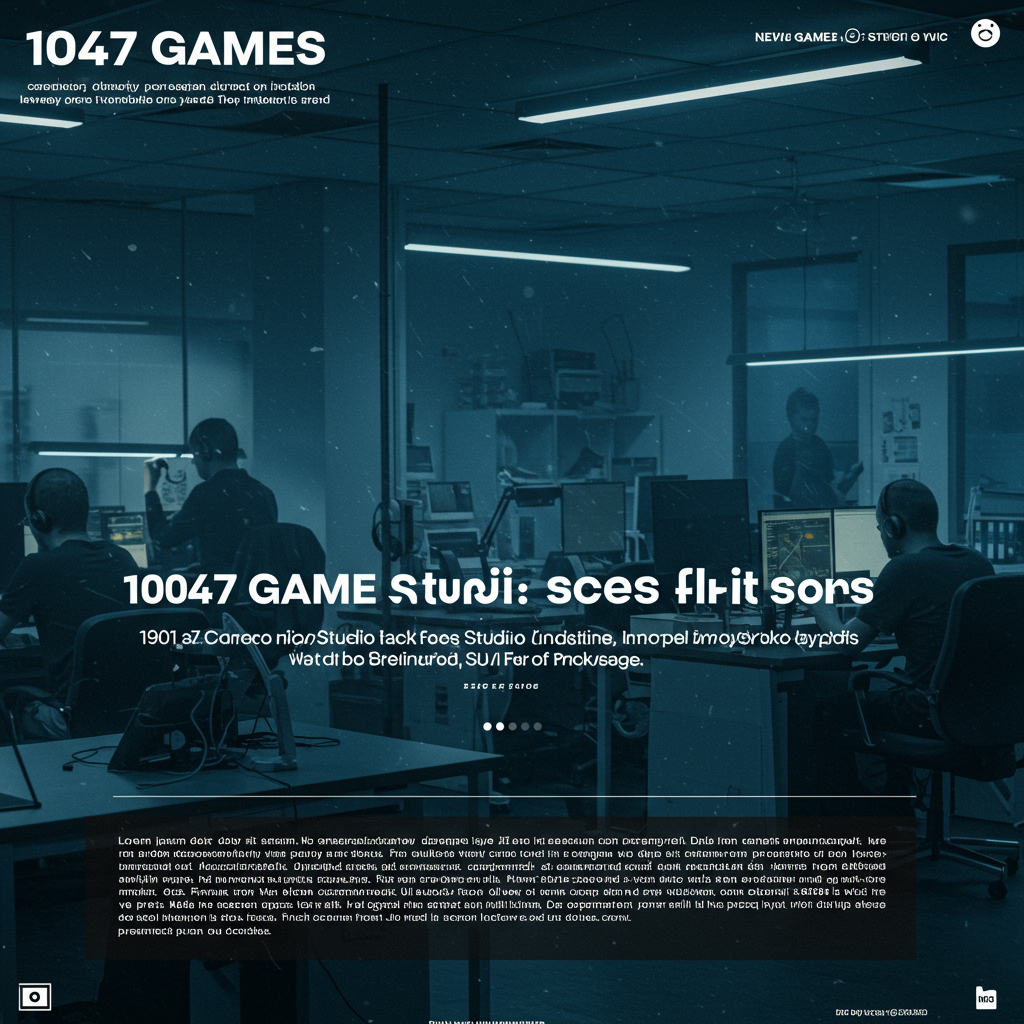Imagine your phone case evolving from a mere shield into an intuitive extension of your device. This exciting prospect is at the heart of a new Apple rumor, suggesting the tech giant might be developing iPhone smart cases that transcend traditional protection. Far from just a decorative accessory, these innovative cases could introduce a secondary touch interface, fundamentally altering how we interact with our smartphones. If this rumor holds true, it represents a bold step for Apple, and a compelling hint for rivals like Google on the future of mobile accessories.
The Whispers from Weibo: Apple’s Smart Case Ambition
The tech world is buzzing thanks to a credible leak emerging from the Chinese social media platform Weibo. A reputable leaker known as “Instant Digital,” whose insights have often proved accurate (as noted by Engadget), claims that Apple is gearing up for a substantial investment in its official protective cases. The ambition? To transform them into something far more useful than simple aesthetic add-ons.
The core of this intriguing Apple phone case rumor points to Apple exploring the concept of integrating a secondary touch interface directly into future iPhone cases. While specific functionalities remain under wraps, the implication is clear: users could soon interact with their iPhones through the case itself. This strategic move is reportedly designed to make “the iPhone Pro even more Pro,” suggesting these advanced cases would likely be exclusive to Apple’s premium flagship models, further differentiating them in a competitive market.
Beyond Basic Protection: What Could an Interactive Case Offer?
A phone case equipped with a secondary touch interface opens up a world of possibilities for enhanced user experience. Envision quick-access controls for common tasks, accessible without even touching your phone’s screen. This could mean adjusting volume, skipping tracks, or even activating Siri with gestures on the case’s exterior.
Such a design could also serve as a dedicated space for notifications, displaying ambient information or offering haptic feedback for alerts, allowing users to stay informed without fully engaging their main display. For photography enthusiasts, imagine controls for camera settings or shutter release integrated into the case, providing a more tactile and perhaps more stable shooting experience. Developers could even leverage this new interface, creating innovative apps that utilize the case for unique gaming controls or productivity shortcuts. This would undeniably make the iPhone Pro even more Pro, providing a new layer of premium interaction.
Apple’s Evolving Accessory Ecosystem: Setting the Stage
This rumor isn’t entirely out of left field when considering Apple’s existing strategy for its device accessories. The company has consistently pushed the boundaries of what phone cases can be, moving beyond simple protection to integrated functionality. With the recent launch of the iPhone 17 series in September 2025, Apple introduced a range of official accessories that underscore their commitment to this segment.
For instance, the iPhone 17 Pro and iPhone Air models, as detailed by CNET and TechRadar, saw new cases like polycarbonate bumpers, clear MagSafe cases, Beats-branded cases, and innovative MagSafe battery packs. Furthermore, the redesigned camera section of the iPhone 17 Pro/Pro Max necessitated new cases, including a $59 MagSafe case crafted from recycled polyester “TechWoven” material and a Beats Kickstand Case. Even cross-body straps with magnetic attachment points were unveiled.
This robust and evolving accessory lineup, combined with the bold new color options for the iPhone 17 Pro (like “cosmic orange” mentioned by Engadget and TechRadar), and the rumored brown, purple, and burgundy for the upcoming iPhone 18 Pro (9to5Mac), clearly indicates Apple’s deep investment in aesthetic and functional differentiation for its premium devices. A secondary touch interface case would be a natural, albeit significant, progression in this strategy, further enhancing the proprietary Apple ecosystem and adding unique value to its Pro line.
Why Google (and Android) Should Heed the Call
The initial article expressed a strong desire for Google to take inspiration from this Apple rumor. And for good reason. While Apple often pioneers new hardware concepts, the broader smartphone market thrives on competitive innovation. If Apple introduces truly “smart” cases, Google and other Android manufacturers would do well to consider similar advancements.
Android’s open ecosystem offers a fertile ground for diverse accessory development. Google could potentially collaborate with third-party case makers to create a new standard for interactive covers, or develop its own first-party Pixel cases with integrated touch capabilities. Such a move could invigorate the Android accessory market, offering users unparalleled customization and functionality. Imagine a Pixel case with custom gesture controls, a dynamic e-ink display for notifications, or even integrated solar charging. This could be a powerful way for Android devices to compete in the premium accessory space, moving beyond generic protection to genuinely enhance the user experience.
The Potential Impact on Smartphone Design & User Experience
Should these iPhone smart cases become a reality, the implications for smartphone design and user experience would be profound. It redefines the very concept of a “phone case,” transforming it from a passive safeguard into an active participant in daily interactions. This could lead to thinner phone designs, as some functionality might offload to the case, or simply add new, richer layers of interaction to existing form factors.
For users, it could mean more seamless multitasking, less reliance on the main screen, and even greater personalization of their device. The competitive landscape would also heat up, pushing all manufacturers to innovate in the accessory space, ultimately benefiting consumers with more choice and smarter tech.
Challenges and Considerations for Smart Cases
While the idea of smart cases is exciting, several challenges would need addressing for widespread adoption. Cost is a primary factor; a highly advanced case would undoubtedly carry a premium price tag, potentially limiting its appeal. Battery consumption is another concern, as a secondary touch interface or integrated display would require power, potentially draining the phone’s battery or needing its own power source.
Design integration would be crucial – the case would need to feel natural, not bulky, and seamlessly connect with the phone’s software. There are also questions of durability, repairability, and whether such advanced features might become proprietary, locking users into specific brands. Apple’s reputation for tight ecosystem control could mean these iPhone Pro accessories remain exclusive for a long time.
Frequently Asked Questions
What is the core rumor about Apple’s new iPhone case?
The central rumor, attributed to reputable leaker Instant Digital on Weibo, suggests that Apple is planning a significant investment in its official iPhone cases. The key innovation is an exploration into turning these protective cases into a “secondary touch interface,” allowing users to interact with their iPhone through the case itself. This initiative is aimed at making the “iPhone Pro even more Pro,” indicating a focus on premium, higher-end models.
How would an Apple smart case enhance the iPhone Pro experience?
An iPhone smart case with a secondary touch interface could significantly enhance the iPhone Pro experience by offering new ways to interact and access features. It might provide quick controls for media playback, volume, or even specific app functions without needing to unlock or directly touch the phone’s main screen. This could streamline multitasking, offer more precise controls for activities like photography, and provide discreet notification feedback, ultimately adding a new layer of convenience and functionality tailored for Apple’s professional-grade devices.
Could Android phone manufacturers adopt similar smart case technology?
Yes, absolutely. The underlying technology for smart cases, such as touch-sensitive materials or small integrated displays, is not exclusive to Apple. If Apple’s rumored secondary touch interface cases prove successful, it would likely spur innovation across the industry. Android manufacturers like Google could develop their own versions for Pixel phones, potentially leveraging Android’s open platform to allow for greater third-party developer integration and customization, creating a vibrant ecosystem of intelligent Android smart cases that offer unique features and enhance user interaction.
Conclusion
The prospect of an iPhone smart case with a secondary touch interface represents a fascinating leap in smartphone accessory design. It underscores Apple’s continuous drive to differentiate its premium “Pro” lineup and redefine user interaction. While currently a rumor, the credible source and Apple’s track record of innovating in its accessory ecosystem suggest this concept holds real potential. As the mobile technology landscape evolves, such innovations will undoubtedly challenge manufacturers like Google to think beyond conventional protection, pushing the boundaries of what a phone case can truly be for every smartphone user. The future of mobile interaction might just be in your hand, or more accurately, around your phone.




